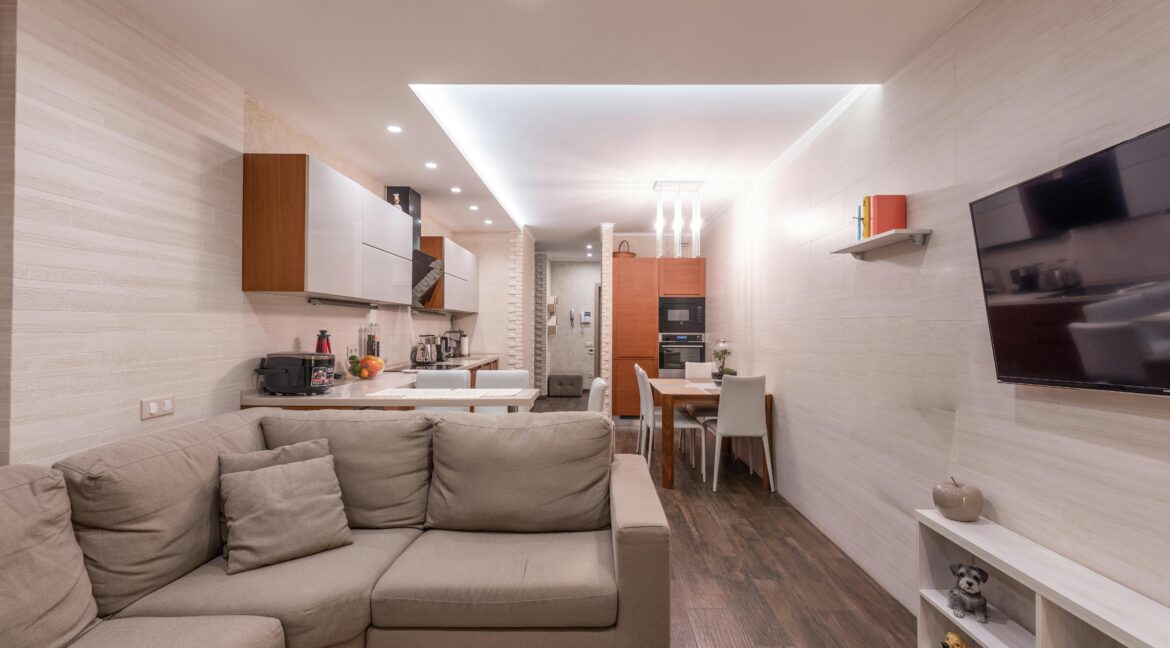Living in a studio unit comes with the challenge of maximizing space while maintaining comfort and functionality. Studio units are typically compact, often combining the living, dining, and sleeping areas into a single room. Despite the limited square meters, there are numerous strategies to make your studio feel more spacious and inviting. This article provides practical tips and techniques to optimize your studio unit, creating a sense of openness and maximizing every inch of space.
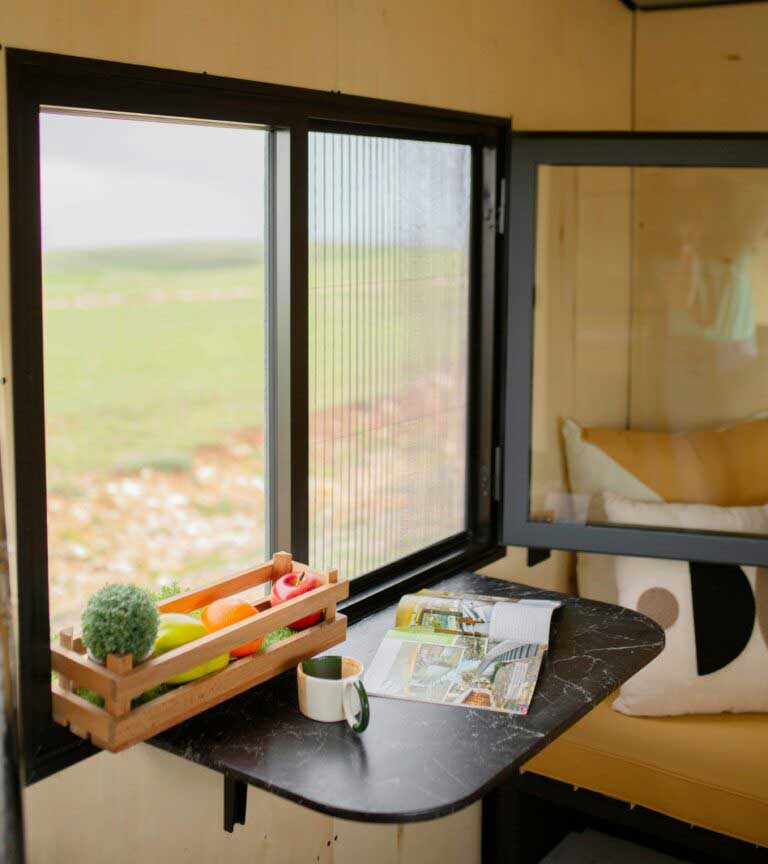
1. Utilize Multi-functional Furniture
One of the most effective ways to save space in a studio unit is by using multi-functional furniture. These pieces serve more than one purpose, reducing the need for additional items and thereby freeing up space. Examples include:
- Sofa Beds: These can serve as both a couch and a bed, eliminating the need for a separate sleeping area.
- Storage Ottomans: These provide extra seating while also offering hidden storage space.
- Foldable Tables: A dining table that can be folded down when not in use saves significant space.
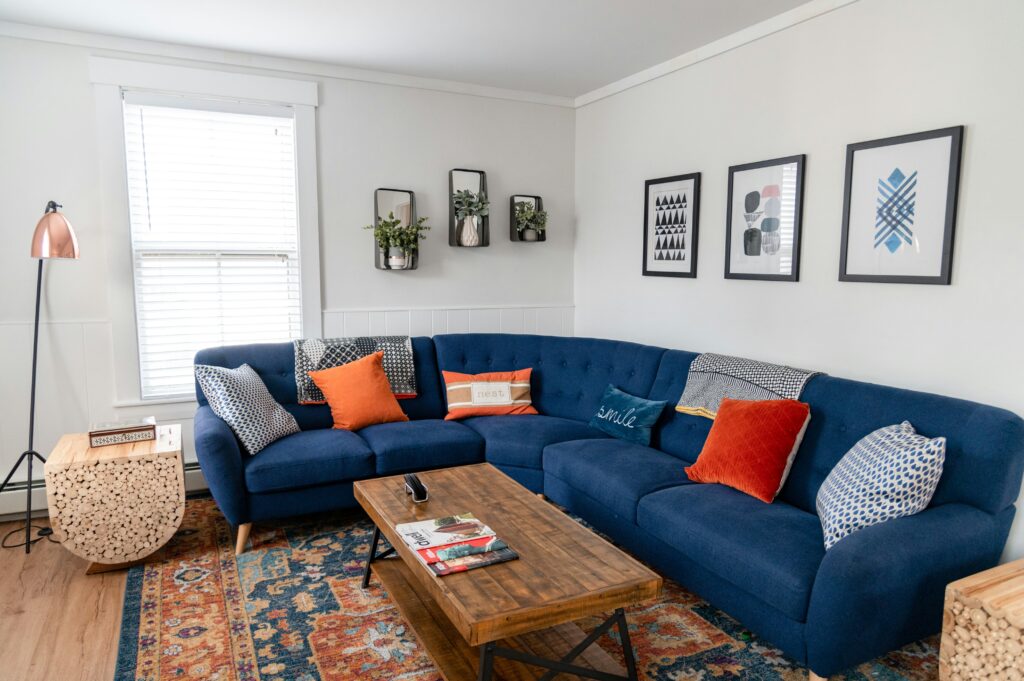
2. Opt for Light Colors
Light colors have the power to make a space feel larger and more open. Use a light color palette for walls, ceilings, and large furniture pieces. Whites, pastels, and soft neutrals reflect more light, creating an airy feel. To add some variety, incorporate different shades of light colors and textures to avoid a monotonous look.
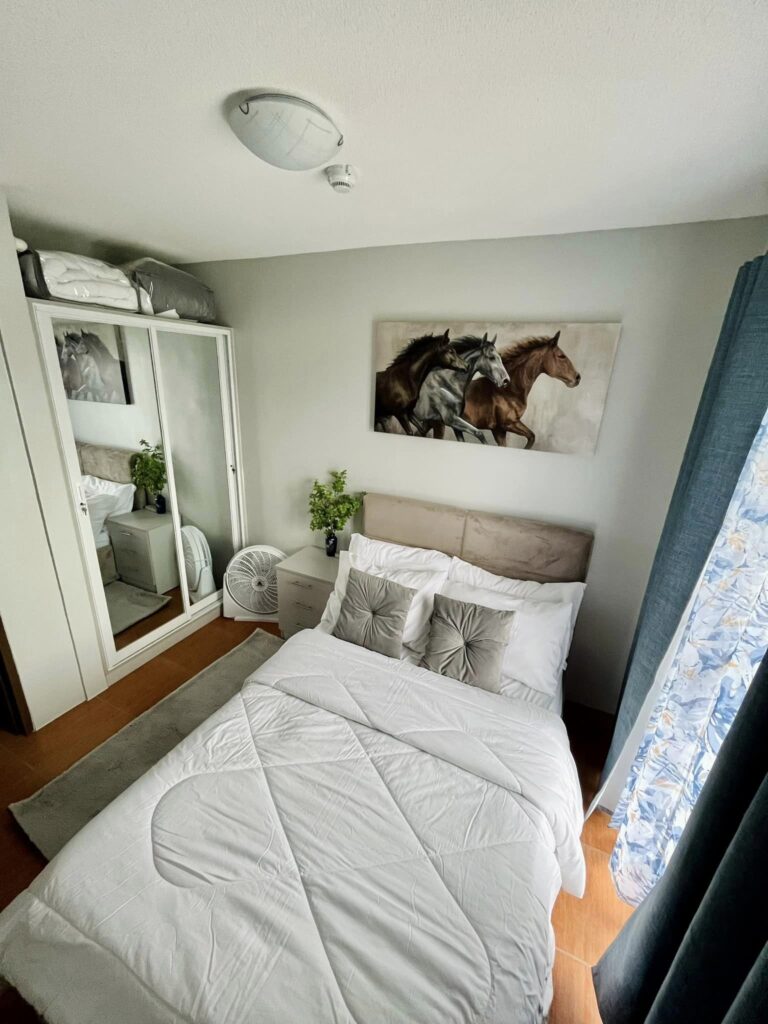
3. Incorporate Mirrors
Mirrors are an excellent tool for creating the illusion of more space. They reflect light and views, tricking the eye into perceiving a larger area. Place mirrors on walls opposite windows to maximize natural light or use mirrored furniture to reflect light around the room. A large floor-to-ceiling mirror can dramatically expand the perceived space in your studio.
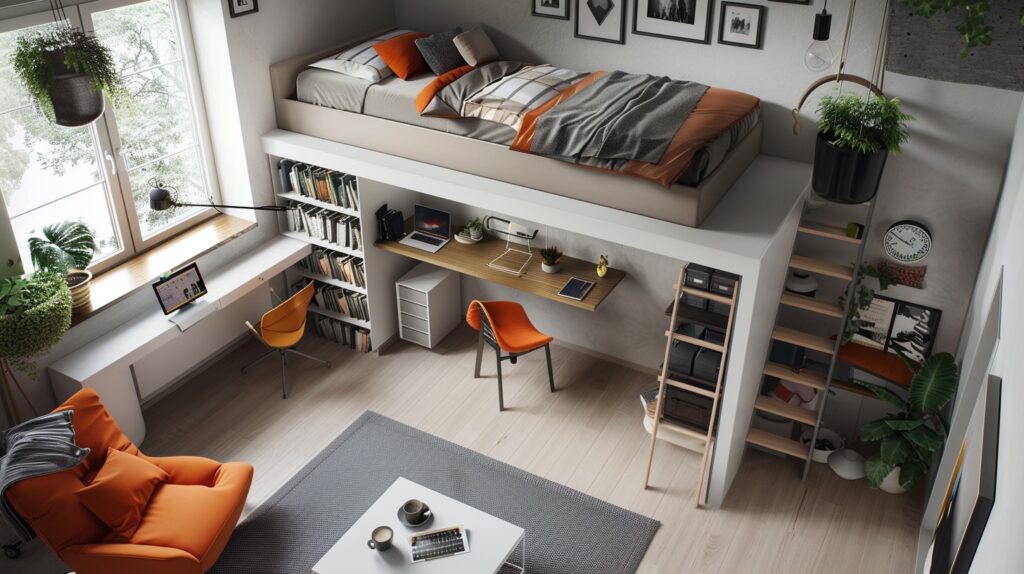
4. Maximize Vertical Space
In a small studio, every centimeter counts, including the vertical space. Use the height of your walls for storage and decoration:
- Tall Shelves: Install shelving units that go up to the ceiling for books, decor, and storage bins.
- Hanging Storage: Use wall-mounted hooks, pegboards, and racks for hanging coats, bags, and kitchen utensils.
Lofted Beds: If ceiling height allows, consider a lofted bed with a workspace or seating area underneath.
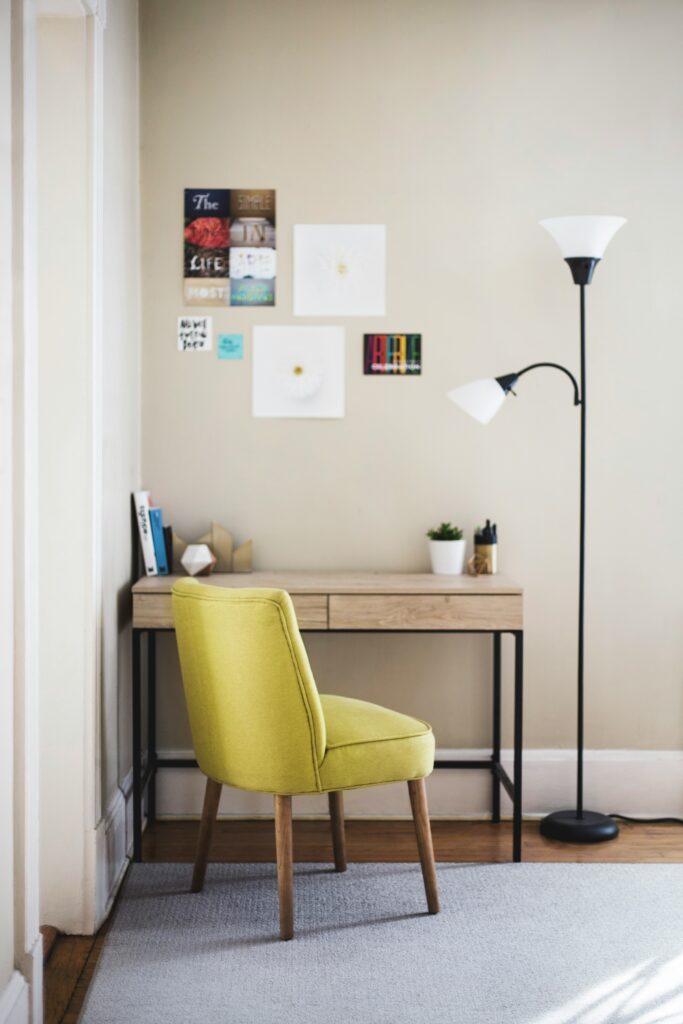
5. Choose Furniture with Exposed Legs
Furniture with exposed legs can make a room look less cluttered. Pieces that sit directly on the floor can create a blocky, cramped feel. Opt for sofas, chairs, and tables with legs that allow light and air to flow underneath, creating a sense of openness and more visual space.
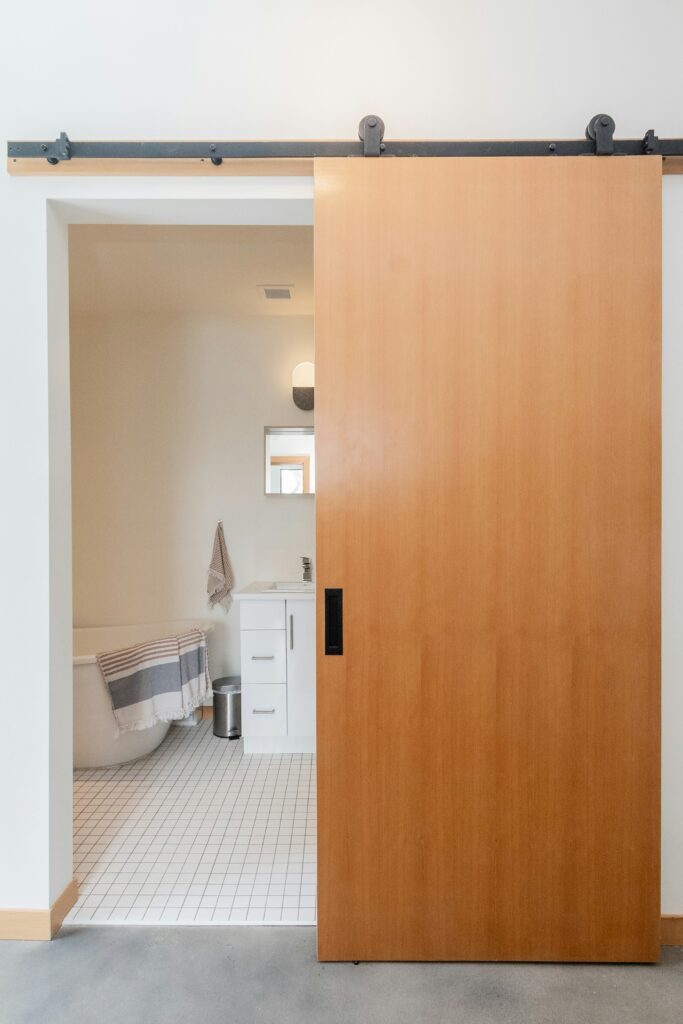
6. Use Sliding or Pocket Doors
Traditional doors can take up a lot of space when opened. Replace them with sliding or pocket doors to free up room and provide a more streamlined look. Sliding doors can be used for closets and bathrooms, while pocket doors disappear into the wall, creating a seamless transition between spaces.
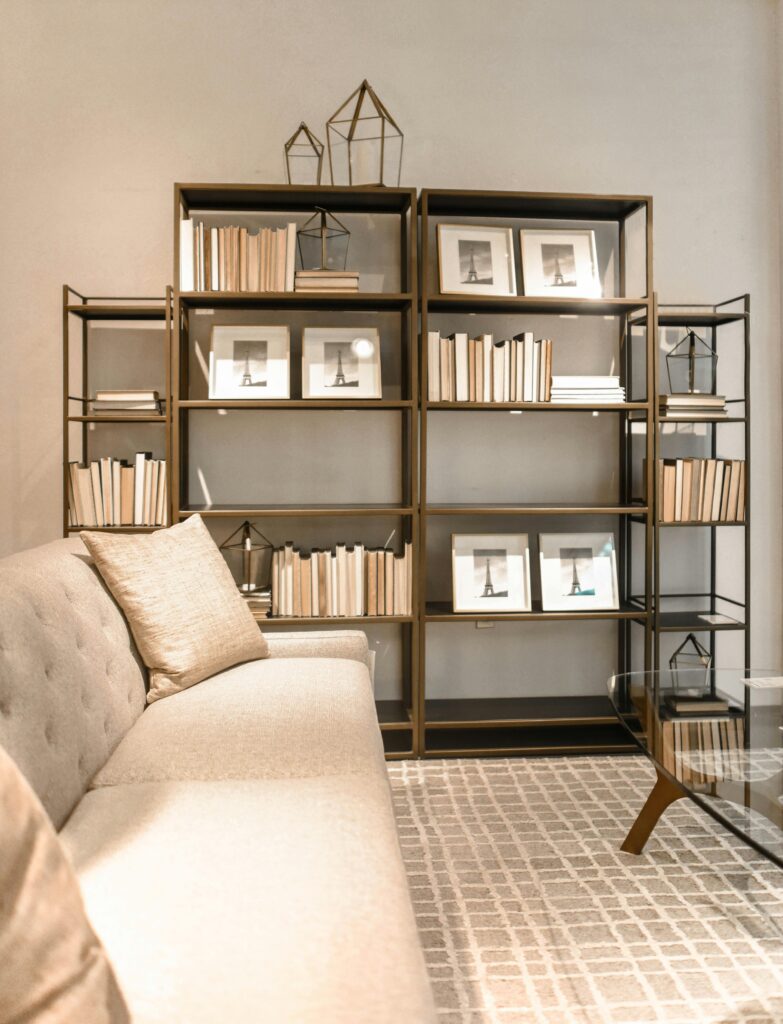
7. Implement Open Shelving
Open shelving can create a feeling of depth and make a space look larger. It also allows you to display decorative items and essentials in a neat, organized way. Use open shelves in the kitchen for dishes and glassware, or in the living area for books and decor. Ensure items are arranged neatly to avoid a cluttered appearance.
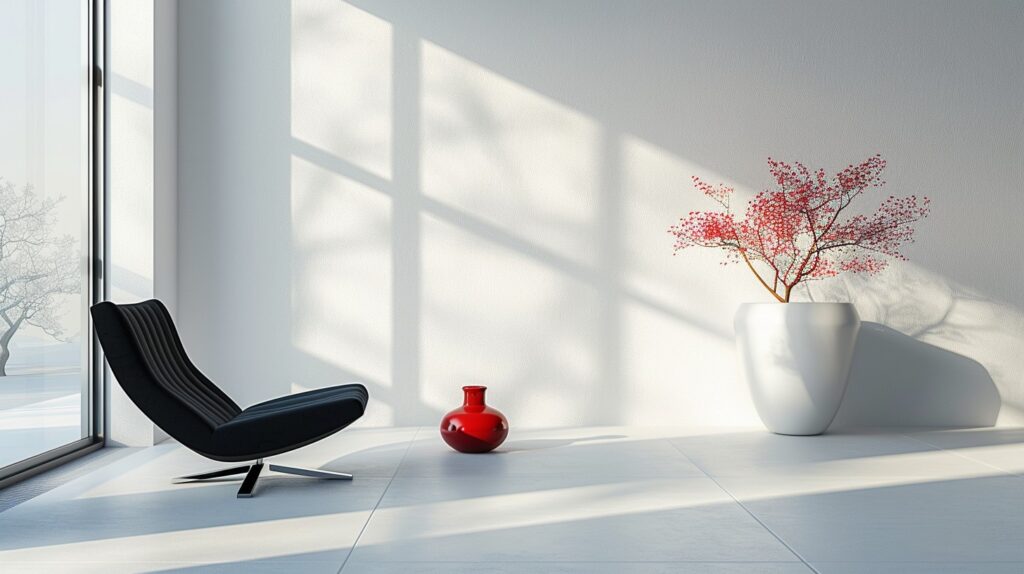
8. Embrace Minimalism
Adopting a minimalist approach to decorating can make a small space feel more expansive. Focus on essential pieces and avoid clutter. Choose a few quality items that serve a purpose and bring joy to your space. Keep surfaces clear and store away non-essential items to maintain a clean, uncluttered environment.
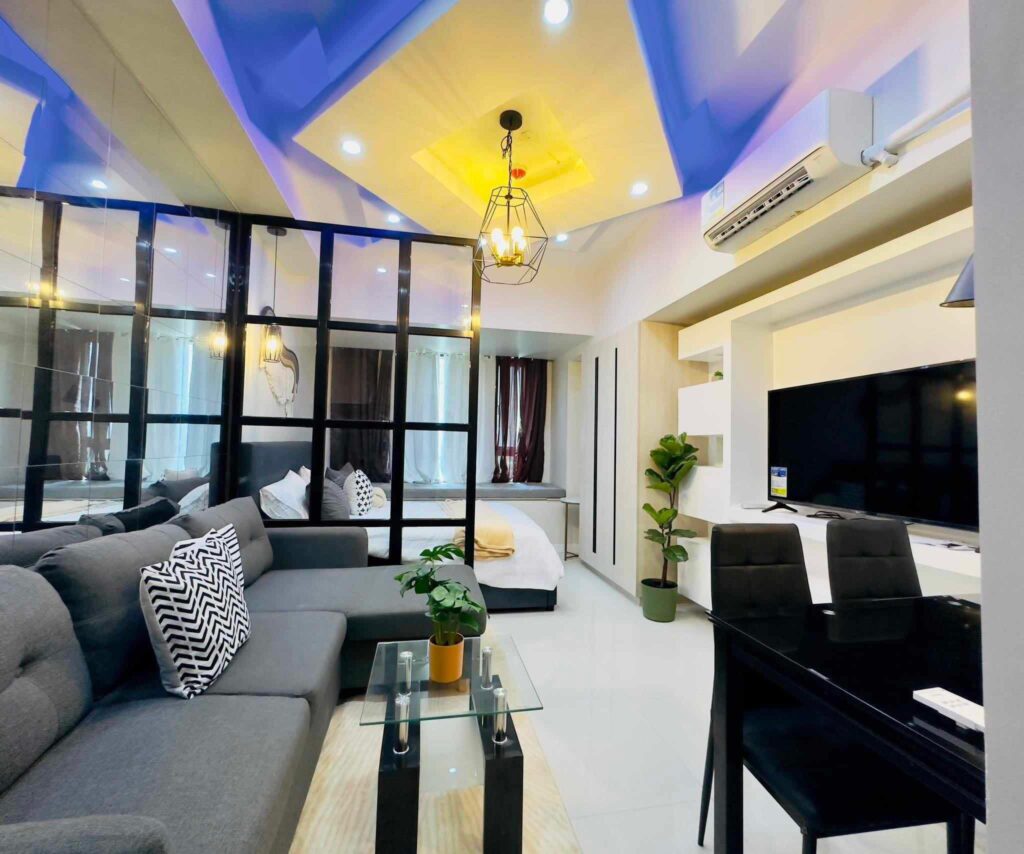
9. Create Defined Zones
Even in a single-room studio, it’s important to define different areas for sleeping, eating, and living. Use rugs, furniture placement, and room dividers to create distinct zones. This not only organizes the space but also makes it feel larger by giving each area a specific function. For instance, use a sofa to separate the living area from the bedroom, or a bookshelf to create a divider between the dining and living spaces.
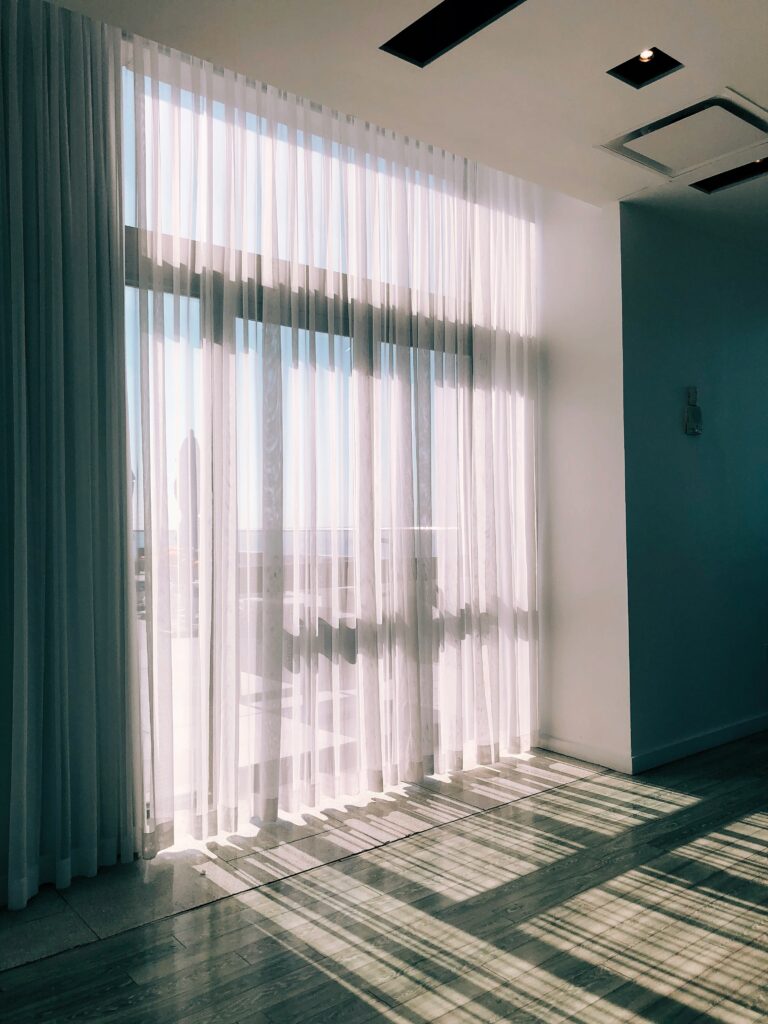
10. Use Light Curtains or Blinds
Heavy drapes can make a room feel closed in and smaller. Opt for light, sheer curtains or blinds that let in natural light and create an open, airy atmosphere. If privacy is a concern, use layered curtains that allow you to maintain privacy while still letting in light.
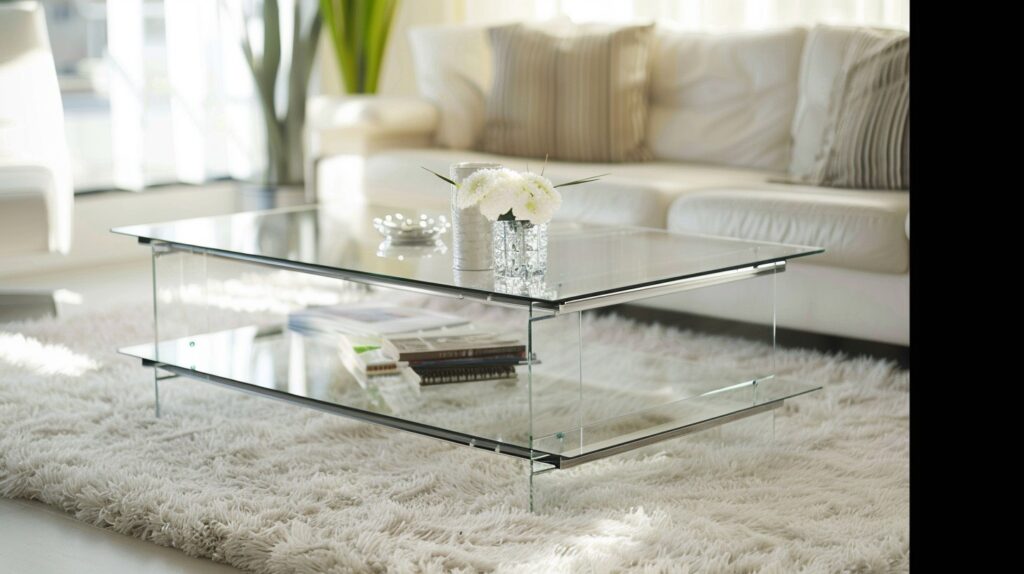
11. Incorporate Reflective and Transparent Materials
Materials that reflect light or allow light to pass through can help make a studio feel larger. Glass, acrylic, and glossy finishes can reflect light and add a sense of depth. Use glass tables, mirrored surfaces, and clear acrylic furniture to keep the space visually light and open.
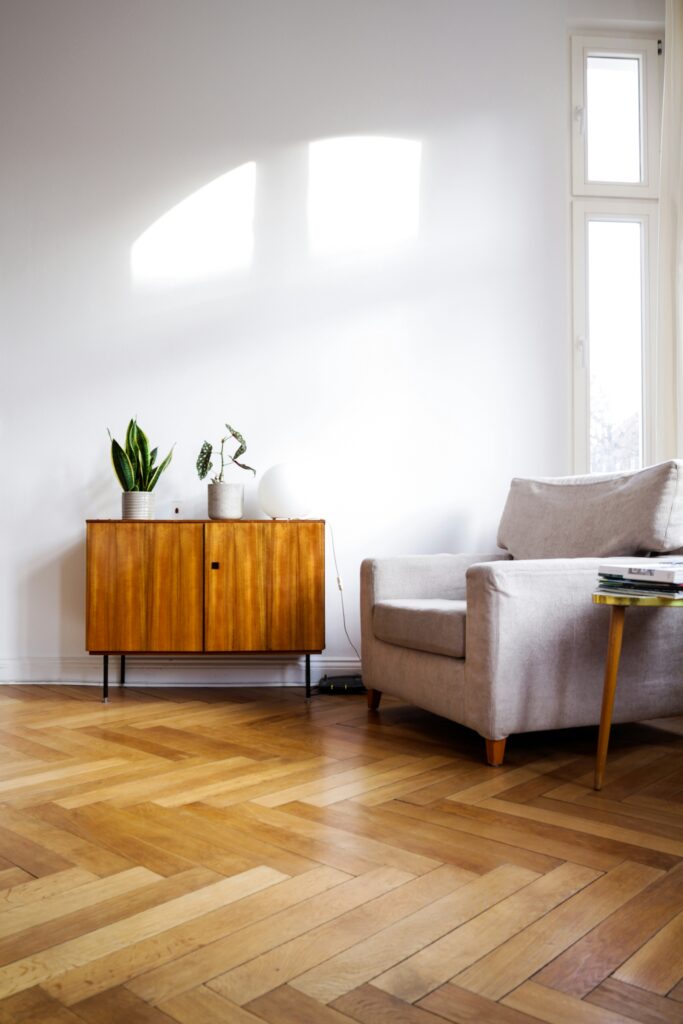
12. Keep the Floor Clear
An uncluttered floor space can make a room feel more spacious. Avoid excess furniture and keep the floor clear of obstacles. Use wall-mounted storage solutions to keep items off the floor. Keeping the floor area open and unobstructed helps to enhance the feeling of space and movement in your studio.
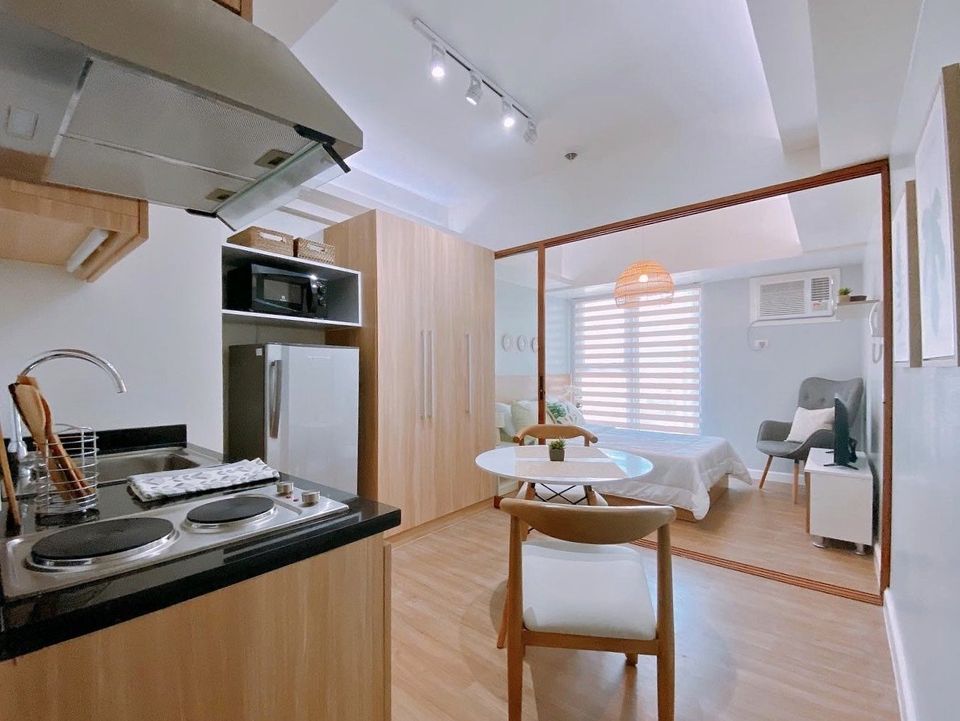
Making a studio unit look spacious involves a combination of strategic furniture choices, smart storage solutions, and thoughtful design elements. By incorporating light colors, maximizing vertical space, and using multi-functional furniture, you can create a comfortable and visually appealing living environment that feels much larger than it actually is. With careful planning and a touch of creativity, you can transform your compact studio into a functional and inviting home.

